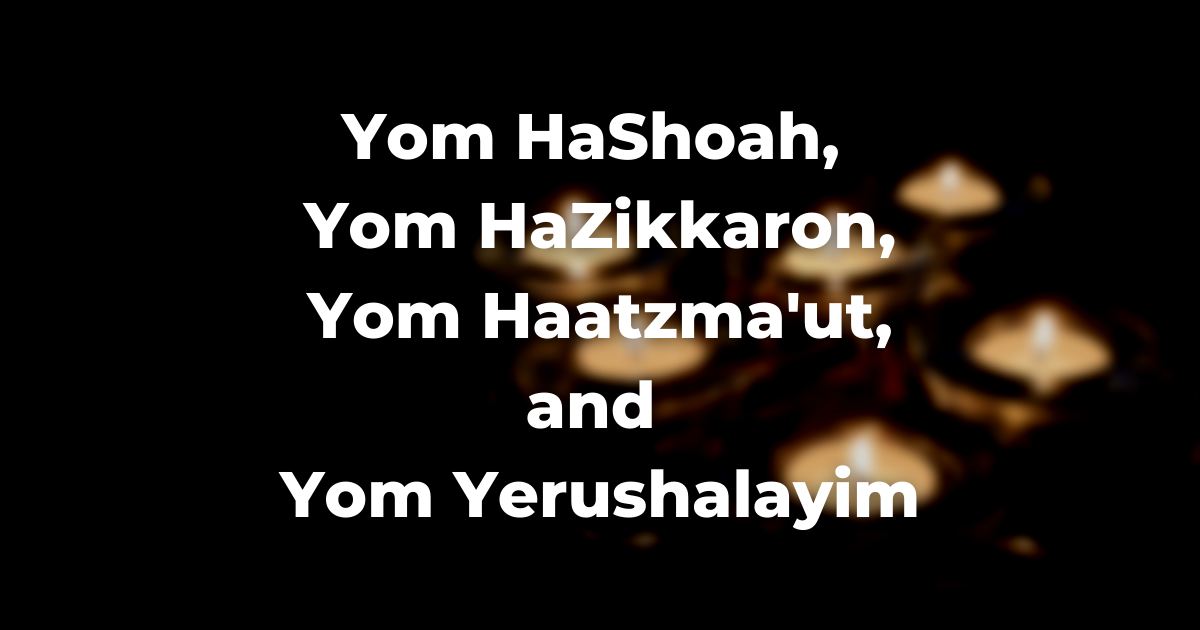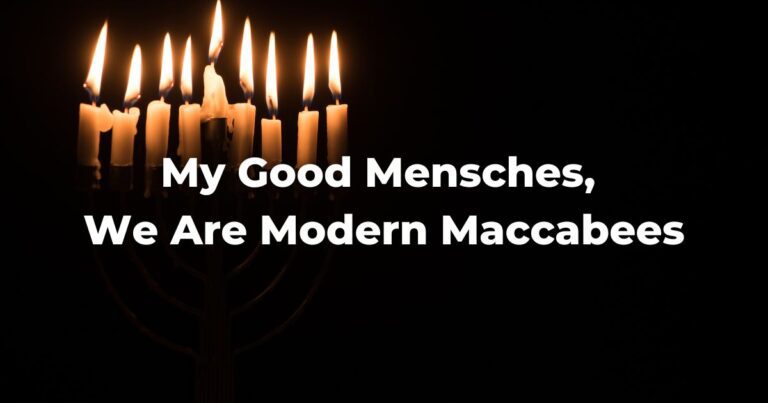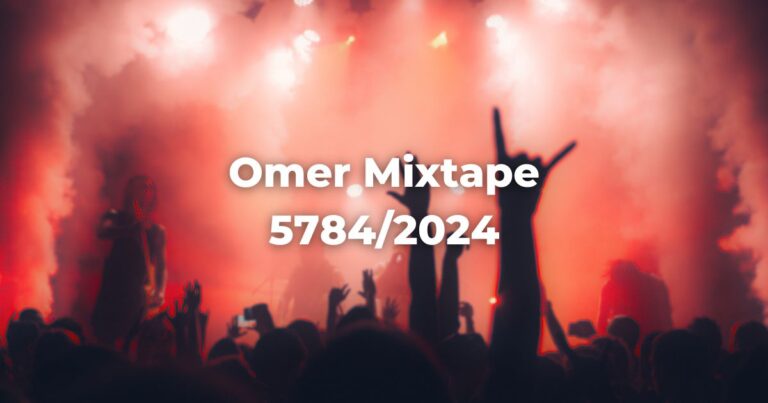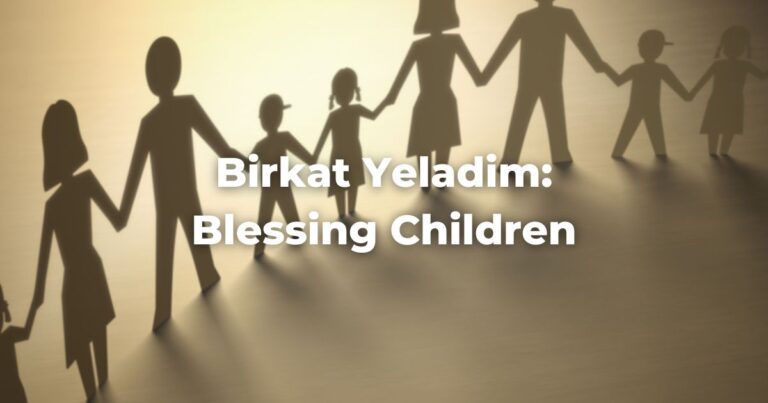Table of Contents
Yom HaShoah
By a decree of the Israeli Knesset, the twenty-seventh day of the Hebrew month of Nisan is observed annually as Holocaust Memorial Day, called Yom HaShoah in Hebrew, in memory of the victims of the Nazis and in honor of those who resisted their efforts at genocide.
The original date, the fourteenth of Nisan, was chosen to pay tribute to the Warsaw Ghetto uprising which took place on that date. Later, however, Yom HaShoah was moved to the twenty-seventh of Nisan so that it could be observed after Passover. When the twenty-seventh of Nisan falls on Saturday night and Sunday, however, Yom HaShoah is observed on Sunday night and Monday so as to avoid any conflict with Shabbat.
While there is no universally accepted liturgy for this commemoration, it is a time to pause and reflect on the horrors of the Holocaust. To this end, many synagogues and communities hold special services on the evening of Yom HaShoah that incorporate speakers, prayers, and poetry appropriate to the day.
Many synagogues invite survivors, or their children or grandchildren, to participate in a ceremonial lighting of a six-branched menorah intended to recall the six million martyrs. Megillat haShoah: The Shoah Scroll is a text produced jointly by the Schechter Institute of Jewish Studies in Jerusalem and the Rabbinical Assembly to give structure to the ob- servance of Yom HaShoah. Many prayerbooks also have special readings that are appropriate for this solemn day of remembrance.
Yom Haatzma’ut
The State of Israel was proclaimed on the fifth of Iyyar, 5708, corresponding to May 14, 1948, and this day is celebrated as Israel Independence Day, also popularly known by its Hebrew name, Yom Haatzma’ut.
In Israel, the day is celebrated with parades and great celebration. For Jews everywhere, the fact of Israeli independence is considered not merely in terms of its political implications, but also in terms of its religious significance. Nevertheless, a specific formal liturgy for its commemoration has not yet been established.
Some prayerbooks, including Siddur Sim Shalom, incorporate a new Al Ha-nissim prayer modeled on the versions recited at Hanukkah and on Purim into the Amidah and the Grace after Meals. Some congregations also recite the full version of Hallel.
Further, some synagogues call three people to the TorahRefers to the first five books of the Hebrew Bible, the Tanakh, also called the Five Books of Moses, Pentateuch or the Hebrew equivalent, Humash. This is also called the Written Torah. The term may also refer to teachings that expound on Jewish tradition. Read more to read a special passage about God’s protection of Israel in the Promised Land, Deuteronomy 7:12–8:18. In such synagogues, the third aliyah is considered the maftir reading and is then followed by a haftarah, Isaiah 10:32–12:6 (the same as for the eighth day of Passover), which deals with God’s promises of national redemption.
It is also customary to recite the Prayer for the Welfare of the State of Israel that appears in most prayerbooks. Although Yom Haatzma’ut falls during s’firah, the celebration of Israel Independence Day is usually, and reasonably, deemed to take precedence over the restrictions on joyous behavior normally associated with the weeks between Passover and Shavuot.
When the fifth of Iyyar falls on Friday or Saturday, Yom Haatzma’ut is observed on the previous Thursday. When it falls on a Monday, it is observed on the following Tuesday. This is done so that the festivities do not fall just before, on, or just after Shabbat. And a Monday Yom Haatzma’ut would make Yom HaZikkaron fall just after Shabbat.
Yom HaZikkaron
The day before Yom Haatzma’ut is called Yom HaZikkaron, Memorial Day, and is dedicated to the memory of all those who have died in defense of the State of Israel since 1948 and of the Jewish yishuv in pre-State days.
As on Yom HaShoah, there is no special liturgy for this day. It is appropriate to add special prayers to the service and to recite the El Malei Rahamim (sometimes written El Malei Rachamim) memorial prayer in memory of those who have died in defense of Israel. Many congregations recite Kaddish in memory of the fallen.
A memorial candle may also be lit at home or in the synagogue, or in both places. In Israel, an air raid siren is sounded early in the morning of Yom HaZikkaron as the entire country pauses to observe a national moment of mourning. Observing a similar moment of silence in sympathy with the citizens of Israel is also an appropriate gesture for Jews in the Diaspora.
Yom Yerushalayim
On the twenty-eighth day of Iyyar in 1967, the IDF entered the Old City of Jerusalem, which Jordan had occupied since the War of Independence in 1948. Among other things, this meant that the Western Wall (the kotel), the last surviving remnant of the Temple, was again in Jewish hands, as were many other sites of incomparable historical and cultural significance.
It has become customary to observe the twenty-eighth of Iyyar as Yom Yerushalayim (Jerusalem Day). There is no fixed liturgy for this day, nor are there any specific home or communal rituals that have evolved. It is merely an opportunity to reflect on the sanctity of Jerusalem and to honor the men and women of the Israel Defense Forces who participated in its liberation. It is also appropriate to remember those who fell in the battle for the city, both in 1948 and then again in 1967.
Adapted with permission from The Observant Life.
Author
-

The Observant Life: The Wisdom of Conservative Judaism for Contemporary Jews distills a century of thoughtful inquiry into the most profound of all Jewish questions: how to suffuse life with timeless values, how to remain loyal to the covenant that binds the Jewish people and the God of Israel, and how to embrace the law while retaining an abiding sense of fidelity to one’s own moral path in life. Written in a multiplicity of voices inspired by a common vision, the authors of The Observant Life explain what it means in the ultimate sense to live a Jewish life, and to live it honestly, morally, and purposefully. The work is a comprehensive guide to life in the 21st Century. Chapters on Jewish rituals including prayer, holiday, life cycle events and Jewish ethics such as citizenship, slander, taxes, wills, the courts, the work place and so much more.
View all posts






